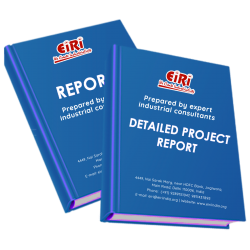How To Start Chemical Industry
The chemical industry is an extremely varied segment in the overall industrial structure of India. Being of the country’s oldest industries, chemicals have a sway over almost all other major industries of India. At a time like today, chemicals are needed almost everywhere. Be it food processing, metals, textiles, stuff made of leather or even rubber. It may very well be hard for you to identify one segment where chemicals aren’t needed.
Here are the four major categories in this regard:
- Inorganic Chemicals
- Organic Chemicals
- Petrochemicals
- Agro oriented chemicals.
There are currently 70,000 commercial products produced by the chemical industry. All of these range from cosmetics, toiletries, plastics and pesticides. The Indian chemical industry is somewhat of a dominant figure in the global trade of chemical. Thanks to our current demographics which largely consists of youths, the skilled worked and low costs of manufacturing, we are benefitting in the chemical business.
The demand for chemicals is also very high in India. Various Agro based chemicals such as guar, starch, yeast and others are valued at around 1450 billion. They also contribute around 14 percent of the industrial sector’s contribution to our gross domestic product, which is a huge deal. Industrial chemicals have a share of nearly 10 percent in the overall exports of our country. It is spread over around 2000 units, which are mostly in the smaller sector. But, almost one third of the market is controlled by just the top 10 players.
Most of the growth in the past 25 years has been driven by Asia, which now owns almost half of global chemical sales.

